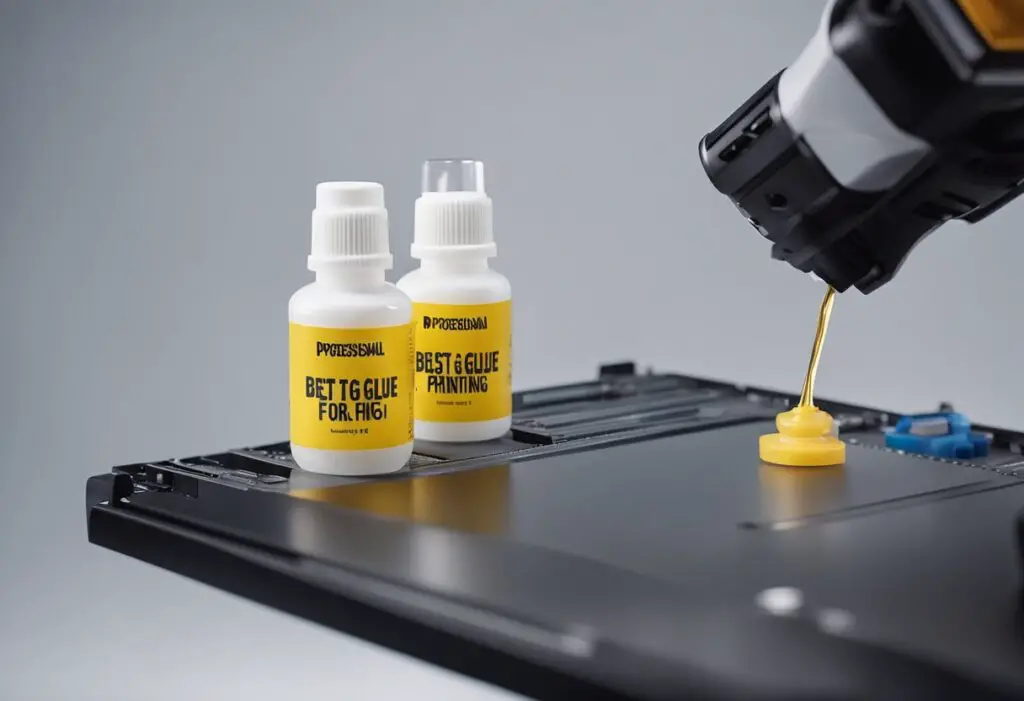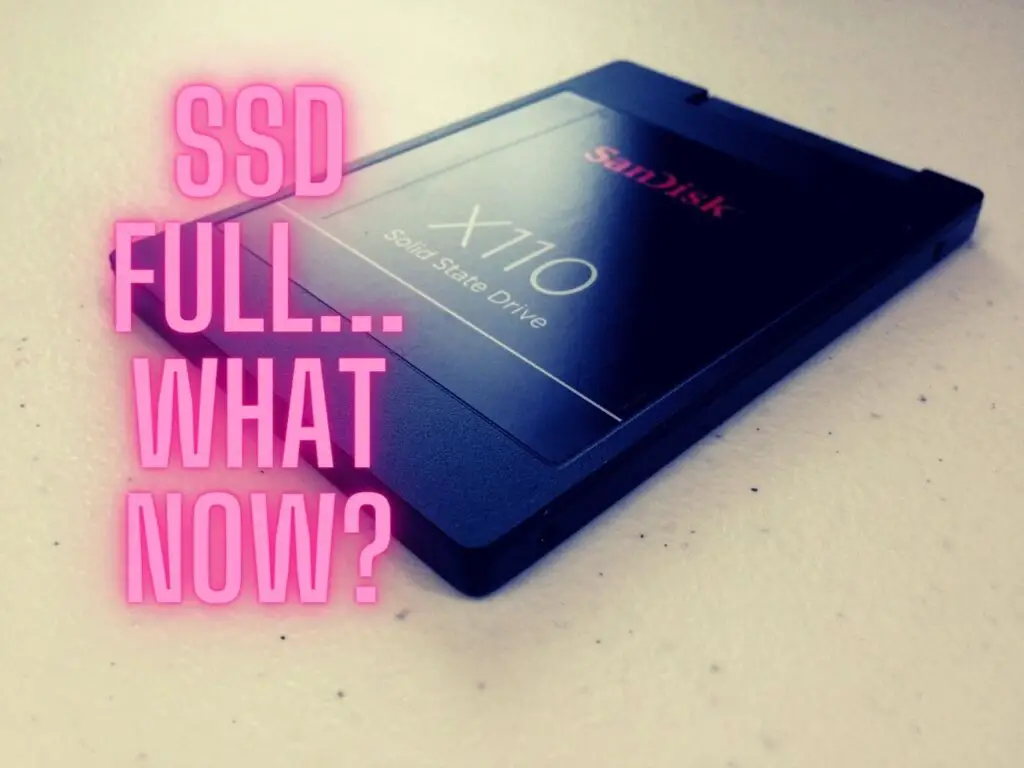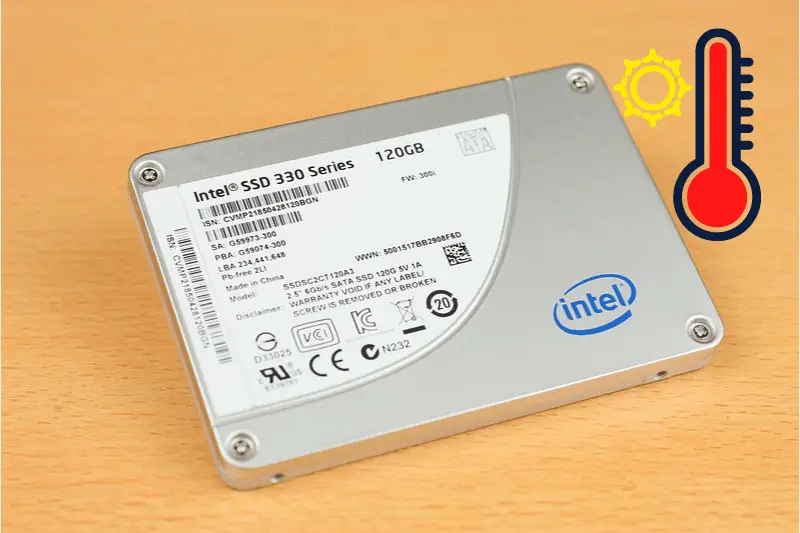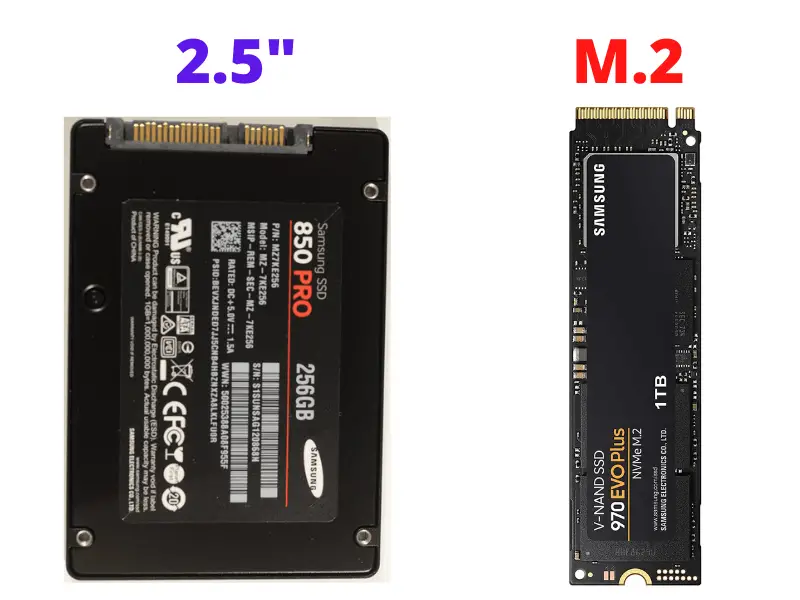3D printing has revolutionized how we create objects, from small household items to large-scale prototypes.
However, one challenge that comes with this technology is piecing together parts that exceed the printer’s build volume or require assembly after printing.
This is where the right type of glue for 3D printing becomes an essential tool for every enthusiast or professional.
Table of Contents

There is a myriad of adhesive options available for different 3D printing materials like PLA, PETG, ABS, and TPU.
Each material has unique properties that require specific types of glue to create strong and lasting bonds.
Knowing which adhesive to use can differentiate between a successful project and a disappointing outcome.
This article will help you navigate the world of 3D printing adhesives by discussing the best options for different materials and how to use them.
So, join us as we explore this crucial aspect of 3D printing and make your creations stand the test of time.
Fundamentals of Glue for 3D Printing
3D Printing and Adhesives
3D printing involves creating objects layer by layer using a variety of filaments, such as PLA, ABS, and PETG.
These layers sometimes need to be bonded together, especially when the prints are large or complex.
As a result, choosing a suitable adhesive is crucial to achieving durable and aesthetically pleasing results.
Adhesives play a significant role in the strength and longevity of 3D-printed parts.
Several types of glues are available for use, including super glue, epoxy, and even glue sticks designed specifically for 3D printing.
An essential factor in selecting the right glue for 3D printing is understanding the compatibility of different adhesives with the filament materials being used.
Types of 3D Printing Filaments
There are various types of filaments available for 3D printing, each with its own characteristics and ideal adhesives for bonding:
- PLA (Polylactic Acid): This biodegradable and eco-friendly filament is popular because it is relatively easy to work with. The best adhesive for PLA is usually super glue or epoxy.
- ABS (Acrylonitrile Butadiene Styrene): ABS requires a stronger bond due to its durability. In addition to super glue, acetone is an excellent choice for bonding ABS parts because it melts the surface slightly, creating a strong bond between the pieces.
- PETG (Polyethylene Terephthalate Glycol): PETG combines the best features of PLA and ABS, with added impact resistance. To bond PETG parts, you can use either super glue or epoxy. In some cases, 3D pens can be useful for fusing PETG materials when using the same filament.
- TPU (Thermoplastic Polyurethane): Flexible and elastic, TPU can be challenging to bond. However, Loctite 406 super glue has been reported to provide good adhesion with TPU materials.
Understanding the properties and compatibility of these different filaments is essential for successful bonding in 3D printing applications.
It ensures not only the strength and appearance of the final product but also prevents potential errors or failures during the printing process.
Selecting the Best Glue
When it comes to 3D printing, choosing the right adhesive is crucial for achieving strong, durable results.
In this section, we’ll discuss the differences between various types of adhesives, as well as specific glues recommended for particular materials.
Comparison Between Adhesive Types
There are several types of adhesives available for 3D printing, each with its unique set of properties:
- Cyanoacrylate: Also known as super glue, cyanoacrylate is a fast-setting adhesive that forms a strong bond with many materials, including PLA and ABS. However, proper ventilation is necessary, as it emits fumes while curing. It’s suitable for small-scale repairs or joining non-load-bearing parts.
- Epoxy Resin: Epoxy resin is a two-component adhesive that offers a durable, rigid bond. It can handle heavier objects and withstand higher temperatures than cyanoacrylate. Applying epoxy resin requires mixing the two components, and it takes longer to cure, but the results are often stronger.
- Gorilla Glue: A polyurethane-based adhesive, Gorilla Glue expands slightly when cured, filling gaps and resulting in a robust bond. It works well on a variety of materials, and the popular Gorilla Super Glue variant contains cyanoacrylate, making it an even stronger option for certain applications.
- Hot Glue Gun: Hot glue is a versatile, low-cost option that’s easy to apply but doesn’t offer the same strength as other adhesive types. It’s a popular choice for securing build plates or temporary fixes, but not for long-term or load-bearing projects.
Specific Glues for Specific Materials
For optimal results, it’s important to select the right glue based on the 3D printing material you’re working with:
- PLA: Both cyanoacrylate and Magigoo work well with PLA prints, providing a strong bond.
- PETG: Epoxy resin and cyanoacrylate are recommended for PETG, as they create durable bonds that can withstand stress without failing.
- ABS: Many glue types, including cyanoacrylate, epoxy resin, and Gorilla Glue, are suitable for ABS material. However, it’s essential to consider your project’s specific requirements, such as stress resistance and heat tolerance, when choosing the appropriate adhesive.
- Nylon: For nylon prints, a common recommendation is contact cement, which forms a flexible bond that’s resistant to stress, or certain more robust materials like cyanoacrylate or epoxy resin.
When working with any adhesive type, be sure to follow the manufacturer’s instructions and safety guidelines, including proper ventilation and wearing protective glasses if necessary.
By selecting the appropriate glue and taking the necessary precautions, you can ensure successful, long-lasting results for your 3D-printed projects.
Application Process and Recommendations
Preparing for Application
Before starting any 3D printing project, it’s crucial to prepare the print bed for optimal adhesion.
One common method for enhancing bed adhesion is applying a glue stick, such as Elmer’s Disappearing Purple Glue Stick or the Layerneer Bed Weld.
To ensure a smooth surface, gently sand the print bed with fine-grit sandpaper.
Once the print bed is sanded, apply the glue stick evenly across the bed. Focus on the area where the first layer of your print will be.
Remember to maintain the appropriate print speed and print orientation to achieve the best bonding strength.
Solving Adhesion Issues
When working with different filaments like TPU, PLA, or ABS, you may encounter adhesion issues that can affect the final outcome of your 3D printing projects.
To prevent warping or detachment from the print bed, experiment with different 3D printing glues.
One option to consider is the 3D Printer Adhesive Glue Bed Weld Original, which provides strong adhesion and reduces warping with various filaments.
Alternatively, other adhesive products, such as Magigoo MO2016 or 3D Gloop! offer compatibility with a wide range of filaments.
In addition to using the appropriate glue, consider adjusting your printer’s settings.
Factors like wall thickness, extrusion direction, and print speed can have a significant impact on adhesion.
Regularly cleaning and maintaining the print bed can also help prevent adhesion issues in the long run.
Post-processing techniques, such as sanding and polishing the printed model, can further enhance the bonding strength of your creations.
By following these recommendations and addressing any adhesion issues, you’ll be well-equipped to tackle various 3D printing projects.
Post-Printing and Finishing
Post-Processing Techniques
After a 3D model has been printed, post-processing techniques can help improve the appearance, functionality, and durability of the final product.
When working with PVA glue or best glue sticks, it is crucial to select the appropriate adhesive for the material being used, such as ABS filaments, PETG filaments, or PLA 3D prints.
Magigoo MO2016, for example, is an excellent adhesive specifically designed for 3D printing.
When dealing with overhangs or complex geometry, using support material is vital for preventing failed prints.
Water-soluble PVA glue is ideal, as it can be easily removed after printing.
To ensure a successful print, it’s essential to fine-tune the print settings, such as layer height and temperature, based on the material being used.
Final Touches for Finished Products
Once the 3D model has been successfully printed, several final touches can be applied to enhance its appearance and overall quality.
For instance, in cosplay or other scenarios where appearance is a top priority, sanding the print can help remove visible layer lines and create a smoother surface.
After sanding, a paint thinner can be used to further smooth the surface and remove any remaining imperfections.
Creating a permanent bond between multiple parts of a larger model is crucial for maintaining its structural stability.
To achieve an invisible seam, it is essential to use the correct adhesive for the materials and to follow expert tips and tricks, such as correctly aligning and clamping the parts together while the glue sets.
In conclusion, post-printing and finishing techniques play a critical role in ensuring the quality and longevity of 3D-printed models.
By mastering these processes and carefully selecting the appropriate materials and adhesives, one can create an impressive and reliable finished product, no matter the size or complexity of the 3D printer used.
List of Good Glues for 3D Printing
When it comes to 3D printing, finding the suitable glue for bed adhesion and part bonding is essential for successful prints.
In this section, we will discuss some of the best options available in the market.
- Elmer’s Disappearing Purple Glue Stick is a popular and affordable choice among 3D printing enthusiasts. Known for its easy application and ability to wash off cleanly, this glue stick is an excellent budget pick. The Elmer’s Disappearing Purple Glue Stick is widely used for bed adhesion.
- Layerneer Bed Weld is praised for its overall performance and compatibility with various filaments. It offers strong adhesion and ensures that parts stick to the printing bed. The Layerneer Bed Weld is easy to apply, and its thermal properties allow for easy removal of prints after cooling.
- Magigoo MO2016 is a versatile glue known for its compatibility with the most filament types. It provides excellent adhesion, ensuring prints stay intact during the printing process.
- 3D Gloop! is a multipurpose glue that is loved by 3D printing hobbyists. This powerful adhesive works well with PLA, ABS, and PETG materials. Its quick-drying formula makes it a convenient choice for fast bonding of parts.
- Finally, E6000 is an industrial-strength adhesive that works well for 3D printing applications. Its flexibility and strong bonding properties make it suitable for both bed adhesion and part assembly. E6000 is known to be durable and resistant to water, making it a reliable choice for long-lasting results.
Each of the glues listed above offers different advantages catering to specific 3D printing needs.
It is essential to choose the one that best matches your requirements and preferences.




